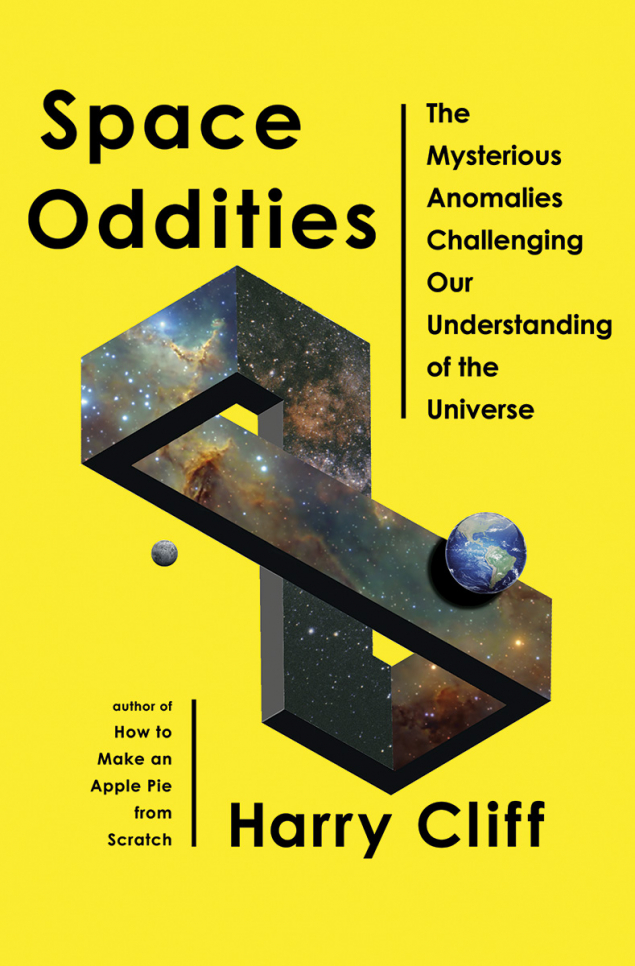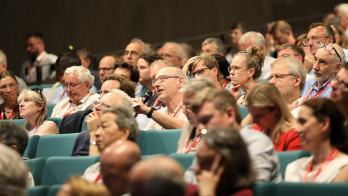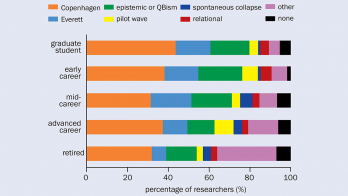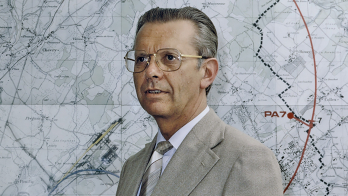Space Oddities: The Mysterious Anomalies Challenging Our Understanding of the Universe, by Harry Cliff, Penguin Random House

Space Oddities takes readers on a journey through the mysteries of modern physics, from the smallest subatomic particles to the vast expanse of stars and space. Harry Cliff – an experimental particle physicist at Cambridge University – unravels some of the most perplexing anomalies challenging the Standard Model (SM), with behind-the-scenes scoops from eight different experiments. The most intriguing stories concern lepton universality and the magnetic moment of the muon.
Theoretical predictions have demonstrated an extremely precise value for the muon’s magnetic moment, experimentally verified to an astonishing 11 significant figures. Over the last few years, however, experimental measurements have suggested a slight discrepancy – the devil lying in the 12th digit. 2021 measurements at Fermilab disagreed with theory predictions at 4σ. Not enough to cause a “scientific earthquake”, as Cliff puts it, but enough to suggest that new physics might be at play.
Just as everything seemed to be edging towards a new discovery, Cliff introduces the “villains” of the piece. Groundbreaking lattice–QCD predictions from the Budapest–Marseille–Wuppertal collaboration were published on the same day as a new measurement from Fermilab. If correct, these would destroy the anomaly by contradicting the data-driven theory consensus. (“Yeah, bullshit,” said one experimentalist to Cliff when put to him that the timing wasn’t intended to steal the experiment’s thunder.) The situation is still unresolved, though many new theoretical predictions have been made and a new theoretical consensus is imminent (see “Do muons wobble faster than expected“). Regardless of the outcome, Cliff emphasises that this research will pave the way for future discoveries, and none of it should be taken for granted – even if the anomaly disappears.
“One of the challenging aspects of being part of a large international project is that your colleagues are both collaborators and competitors,” Cliff notes. “When it comes to analysing the data with the ultimate goal of making discoveries, each research group will fight to claim ownership of the most interesting topics.”
This spirit of spurring collaborator- competitors on to greater heights of precision is echoed throughout Cliff’s own experience of working in the LHCb collaboration, where he studies “lepton universality”. All three lepton flavours – electron, muon and tau – should interact almost identically, except for small differences due to their masses. However, over the past decade several experimental results suggested that this theory might not hold in B-meson decays, where muons seemed to be appearing less frequently than electrons. If confirmed, this would point to physics beyond the SM.
Having been involved himself in a complementary but less sensitive analysis of B-meson decay channels involving strange quarks, Cliff recalls the emotional rollercoaster experienced by some of the key protagonists: the “RK” team from Imperial College London. After a year of rigorous testing, RK unblinded a sanity check of their new computational toolkit: a reanalysis of the prior measurement that yielded a perfectly consistent R value of 0.72 with an uncertainty of about 0.08, upholding a 3σ discrepancy. Now was the time to put the data collected since then through the same pasta machine: if it agreed, the tension between the SM and their overall measurement would cross the 5σ threshold. After an anxious wait while the numbers were crunched, the team received the results for the new data: 0.93 with an uncertainty of 0.09.
“Dreams of a major discovery evaporated in an instant,” recalls Cliff. “Anyone who saw the RK team in the CERN cafeteria that day could read the result from their faces.” The lead on the RK team, Mitesh Patel, told Cliff that they felt “emotionally train wrecked”.
One day we might make the right mistake and escape the claustrophobic clutches of the SM
With both results combined, the ratio averaged out to 0.85 ± 0.06, just shy of 3σ away from unity. While the experimentalists were deflated, Cliff notes that for theorists this result may have been more exciting than the initial anomaly, as it was easier to explain using new particles or forces. “It was as if we were spying the footprints of a great, unknown beast as it crashed about in a dark jungle,” writes Cliff.
Space Oddities is a great defence of irrepressible experimentation. Even “failed” anomalies are far from useless: if they evaporate, the effort required to investigate them pushes the boundaries of experimental precision, enhances collaboration between scientists across the world, and refines theoretical frameworks. Through retellings and interviews, Cliff helps the public experience the excitement of near breakthroughs, the heartbreak of failed experiments, and the dynamic interactions between theoretical and experimental physicists. Thwarting myths that physicists are cold, calculating figures working in isolation, Cliff sheds light on a community driven by curiosity, ambition and (healthy) competition. His book is a story of hope that one day we might make the right mistake and escape the claustrophobic clutches of the SM.
“I’ve learned so much from my mistakes,” read a poster above Cliff’s undergraduate tutor’s desk. “I think I’ll make another.”








